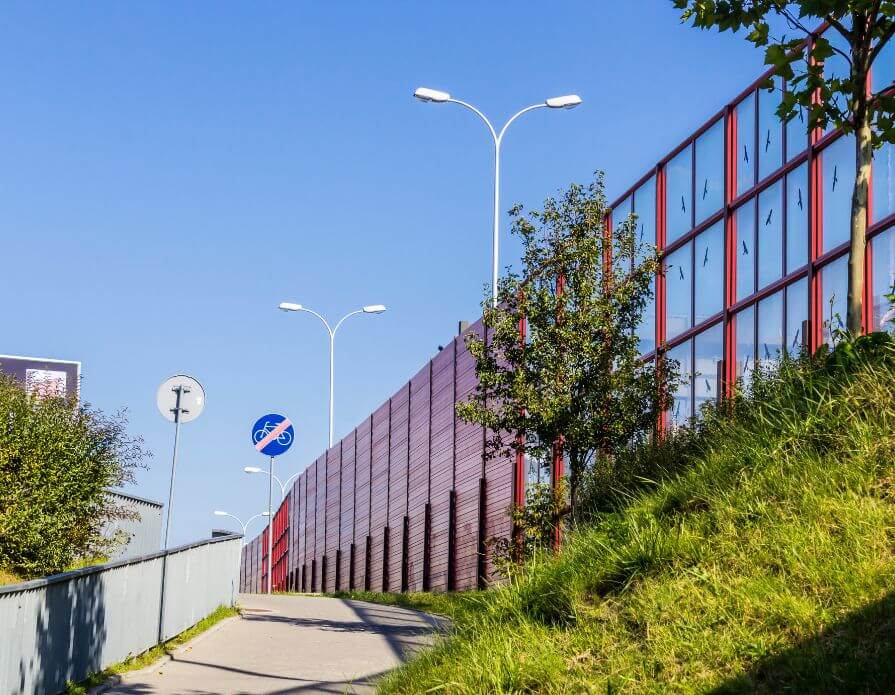Sustainable Metal Designs: Merging Form and Function
Metalworking has long been at the forefront of creating durable, versatile, and visually appealing aesthetics. Today, the industry is pushing boundaries by integrating innovative metal designs that blend form and function. These creations are visually appealing and focus on pragmatic solutions that fulfill sustainability and performance demands.
How Metal Designs Enhance Practicality
The best configurations blend beauty with utility, offering products that are as functional as they are eye-catching. For example, architectural metal panels serve as visually striking facades and structural components. They regulate temperature, improve insulation, and reduce energy consumption—a direct response to contemporary ways to build green.
Cities are increasingly using modern welded frameworks along highways to absorb sound and reduce noise pollution. This approach benefits communities and supports eco-friendly initiatives. By strategically placing metal frames and screens, cities create quieter living spaces that enhance the quality of life.
Sustainability Through Metalworking
Sustainable practices are changing the way we design products in the metalworking sector. Recyclable materials, such as aluminum and steel, maintain high durability while reducing waste. Techniques like powder coating and low-emission machining also promote responsible manufacturing by minimizing harm to the biosphere.
Businesses can create products with reduced waste and prolonged lifespans using different types of metal casting techniques. Sand casting is highly reusable and produces minimal waste. Investment casting offers exceptional precision, reducing the need for reworking and enhancing material efficiency.
Corporations increasingly favor clean production methods, aiming to align with eco-friendly practices. These processes prioritize the effective use of resources and pave the way for creations that stand the test of time.
Smart Applications
Metal designs, such as perforated metal screens, prove their worth in several applications. They combine ventilation and privacy for infrastructures. Advancements like kinetic facades on buildings leverage responsive materials that adjust to sunlight for improved energy savings. They reflect innovative approaches that merge form and function—enhancing practical use while ensuring alignment with environmental goals.
Metal is incredibly versatile and contributes ergonomically to countless scenarios, which explains its widespread use. Metal alloys offer lighter but equally strong alternatives, benefiting sectors such as transportation, construction, and renewable energy. Each of these applications emphasizes efficiency and green consciousness—two hallmarks of modern design philosophy.
Moving Toward a Greener Future in Metalworking
Lowering our carbon footprint is an increasing priority that’s encouraging designers and businesses to rethink their approaches to metalworking. By focusing on efficiency and adopting proper materials, metal designs can cater to the demands of forward-thinking industries, combining functionality with an ecologically aware perspective.
Businesses that invest in recyclable metals, reduce waste, and use energy-conservative methods create designs that are durable. These green solutions suit a wide range of applications. As consumers increasingly prioritize sustainability, how will your business adapt to meet this growing demand?
